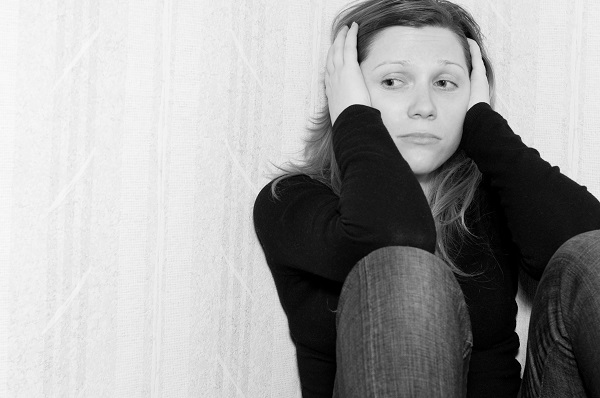
The sad truth is their lives can be pretty much invisible to those of us working in nice offices and living in good homes – or any homes for that matter.
But what about the child you see whose shoes are falling apart? That might be one of your few clues of the significant disadvantage too many children are experiencing.
If you’re reading this, I’m probably preaching to the converted. But you won’t know if that child in the broken down footwear is getting the proper food they need to grow. No presents for their birthday. Not going to the doctor when they’re sick.
That’s one of the truly insidious things about child poverty: its invisibility.
The new year marked six months in my new role as children’s commissioner. Alongside the JR McKenzie Trust and Otago University, we’ve just released the annual Child Poverty Monitor. While the situation hasn’t got worse, it’s no better either.
I am genuinely disturbed by the extent of the issue and the significant challenge we face as a country.
By any measure there are around 85,000-90,000 New Zealand children doing it really tough. Those are the ones both in low income households and in material hardship – going without seven or more things they need, such as shoes, proper clothing, good meals and doctor’s visits. If they’re in a car it probably won’t have a warrant of fitness.
Of course we do get insights into child poverty. In December, there were lines of people queuing for Christmas food parcels and children’s presents outside Auckland City Mission. A few weeks earlier, I visited the Mangere East Family Centre and spoke to families who are finding it very difficult to get by. This was not the 1960s and 1970s New Zealand of my childhood, or even early 1980s Mangere where I worked in the community law centre.
KidsCan is doing great work to support disadvantaged children’s needs through schools. And there are many other groups also doing excellent work in the community. We all need to push harder than ever this year to get more people helping as well.
As a child, I went to Rongotai College in Wellington. Back then and now, the boys there come from a mixed income community; some from well-off families and others are struggling. I’d hate to look in now and see a kid walking by with broken down shoes.
That boy might not have lunch with him. He might not have been to the dentist for years. He might be shivering at home during the winter. The shoes might be the only clue to all that.
I’d challenge anybody to look at the children at their old school and think it’s OK if they’re living in poverty.
This article first appeared in KidsCan newsletter, Summer 2017.
The much-delayed English draft curriculum is now out for consultation, generating discussion from teachers.
Research from AUT demonstrates arts, culture and recreation have positive impacts on all aspects of…
How effective has the school phone ban been in achieving its aims? Researchers from the…
School camps and excursions deliver hands on learning experiences, helping to consolidate classroom learning.
Innovations in AV technologies present new opportunities to engage with students. We look at how…
A new report from the University of Auckland’s Our Voices Project asks young people what…
This website uses cookies.